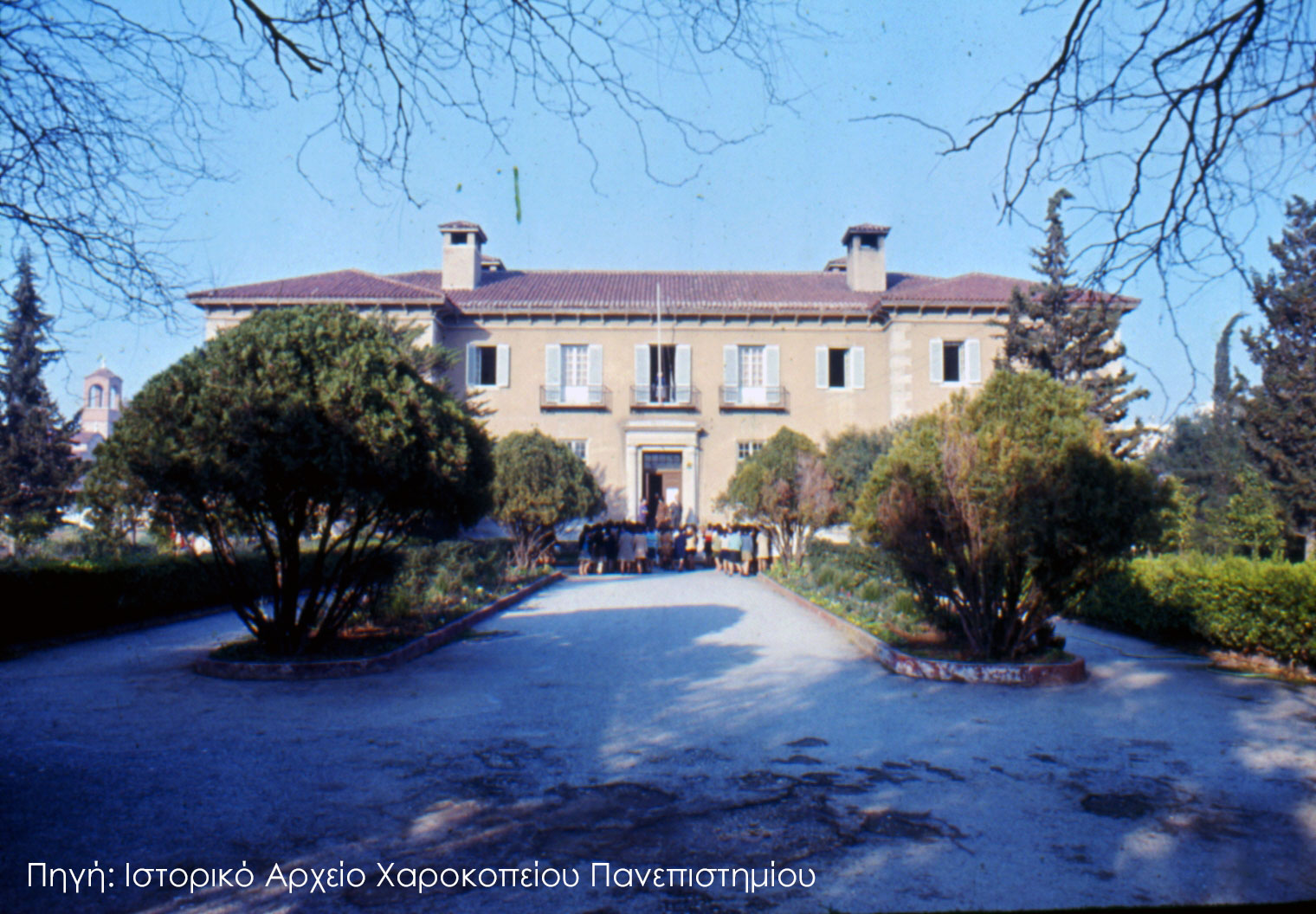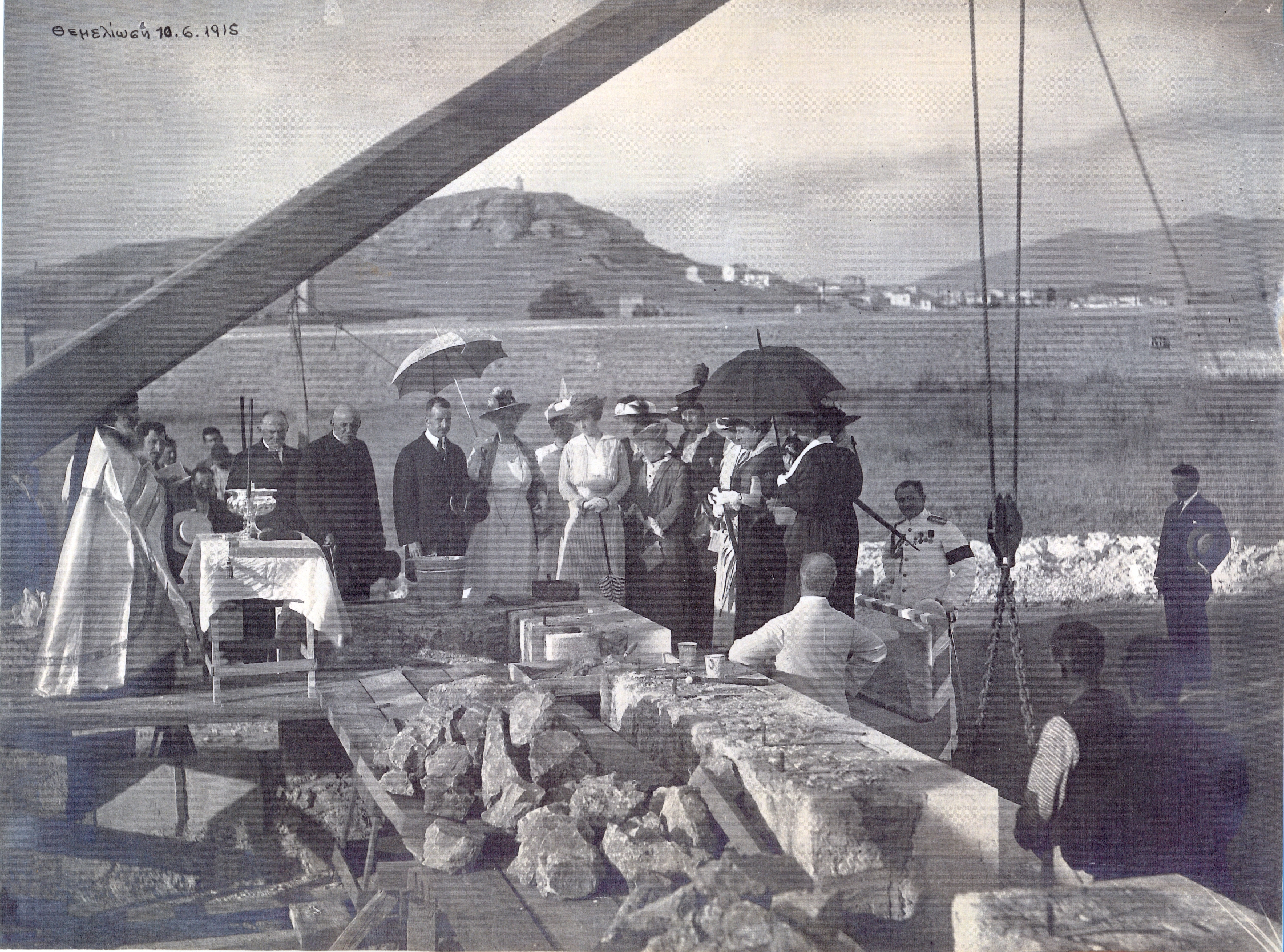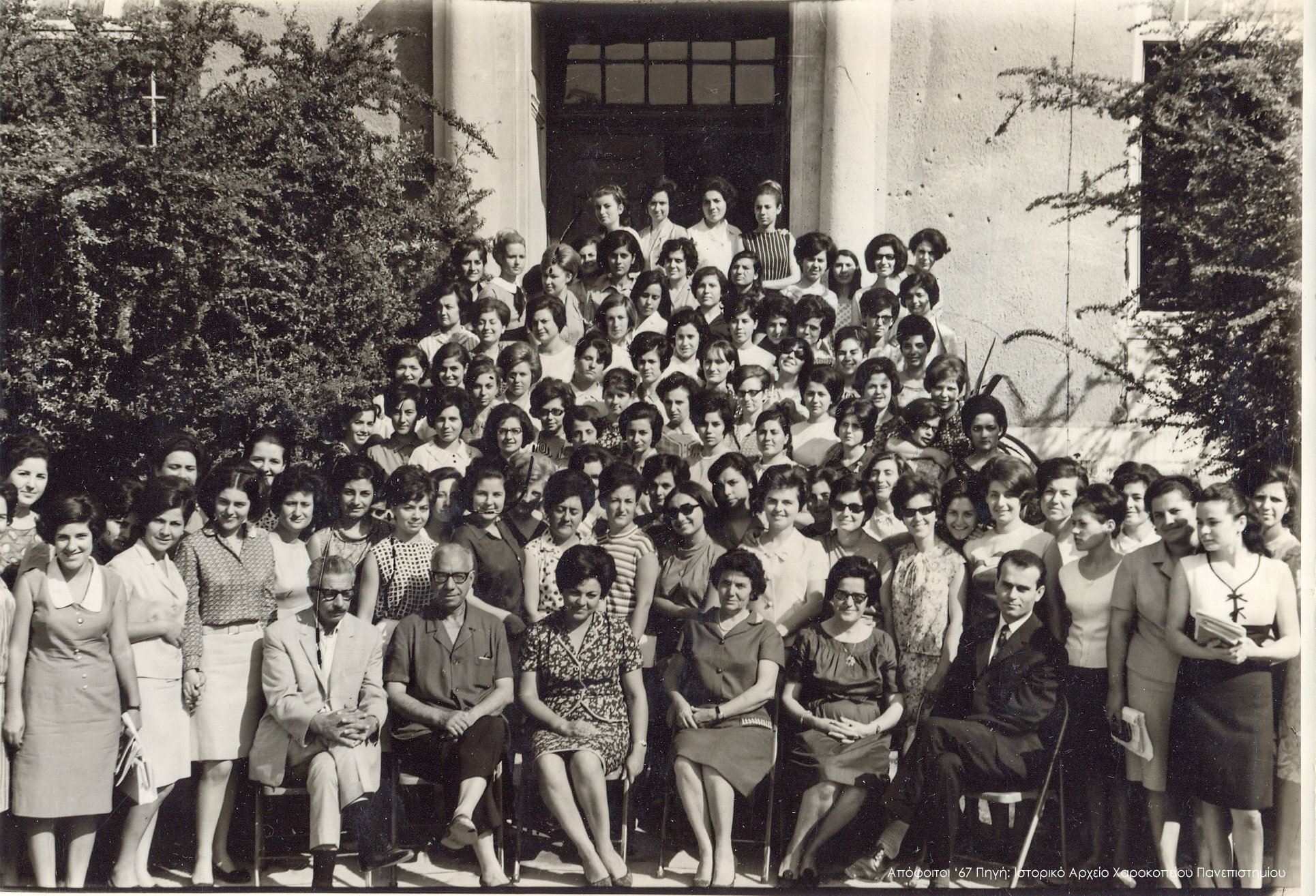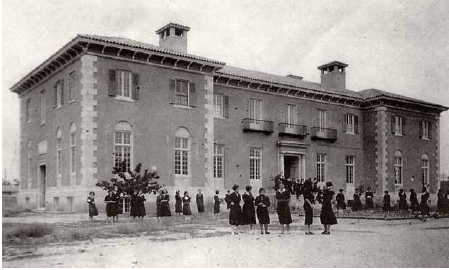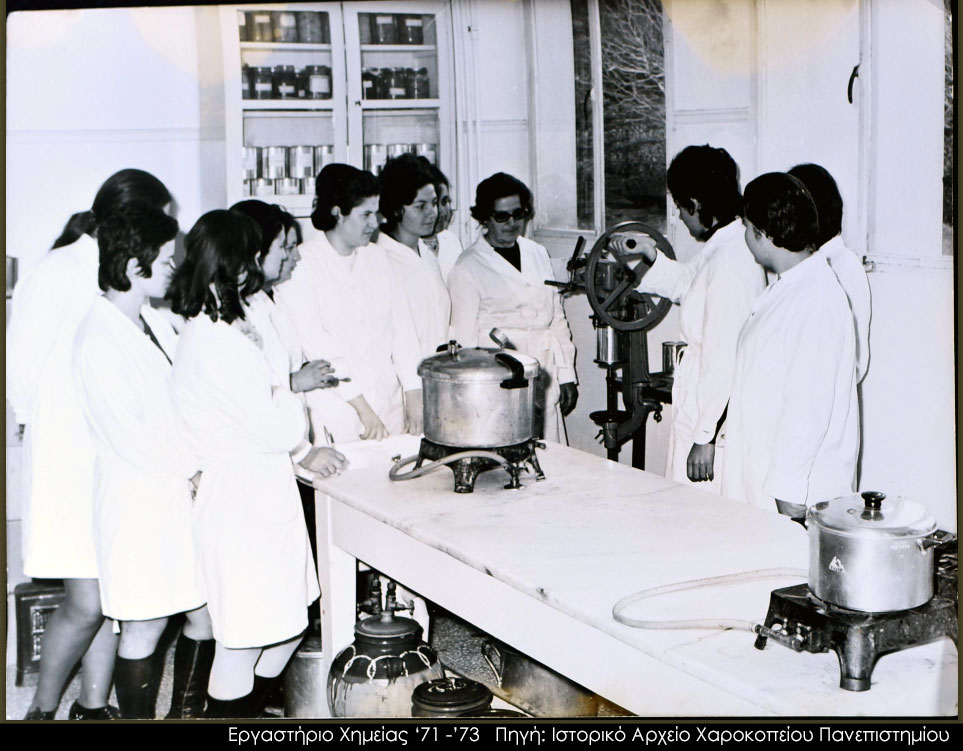Harokopio University of Athens is named after the national benefactor Panagis Harokopos, a cosmopolitan Greek of the diaspora with a European orientation, who envisioned an educational institution with excellent building facilities and equipment, in harmony with the natural environment, offering the most modern scientific advancements. This allowed for the full utilization of the assets of the benefactors, both Panagis Harokopos and Evanthia Harokopou-Petroutsi.
Chronologically, it is the 18th Higher Education Institution (HEI) of the country. It was established under Article 9 of Law 1894/90, initiated by Professor Georgios Karampatzos (†2011), with the title “Higher Education Institution of Home Economics,” which was amended by Article 17 of Law 1966/91 to “Harokopio Higher Education Institution of Home Economics.” It was later renamed by Presidential Decree 306/1999 to “Harokopio University of Athens“.
The design and overall development of the University has been based on international standards and a scientific study conducted by the Regional Development Institute of Panteion University, commissioned by the then Minister of Education. The existing building infrastructure was fully renovated in 1993-1994 and supplemented with the construction of a new building during 1999-2000. In 2011, another building was inaugurated in the Tavros area on a plot purchased in 2004, housing the Department of Informatics and Telematics, as well as the Student Restaurant.
The first Departments established at the University were the Department of Home Economics and the Department of Dietetics (Presidential Decree 206/1993). The first started operating in 1993, and the second the following year. The Department of Home Economics has been renamed twice to date. In 1999, it became the Department of Home Economics and Ecology (Presidential Decree 107/1999), and in 2020 (B’ 5313), it became the Department of Economics and Sustainable Development. In 1999, the Department of Dietetics was also renamed to the Department of Dietetics and Nutrition Science (Presidential Decree 107/1999). In the same year, the Department of Geography was established (Presidential Decree 210/1999), accepting its first students in 2000. Finally, in 2006, the Department of Informatics and Telematics was established (Presidential Decree 125/2006), starting its operation in 2007.
With Presidential Decree 77/2013, three Schools were established as follows:
- School of Environment, Geography, and Applied Economics, which includes the Departments of Home Economics and Ecology (now Economics and Sustainable Development) and Geography.
- School of Health and Education Sciences, which includes the Department of Dietetics and Nutrition Science.
- School of Digital Technology, which includes the Department of Informatics and Telematics.
Today, the University offers Undergraduate Programs, named after the Departments, Graduate Programs, Doctoral Programs, and Lifelong Learning Programs.
The University’s logo/visual identity is a simple depiction of the coin 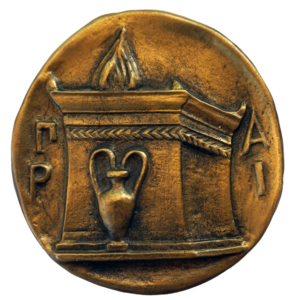 and was a personal choice of the first Rector of Harokopio University, the late G. Karampatzos, from the collection of the Numismatic Museum of Athens. This choice associated the design depicted with the concept of education and learning emanating from the Educational Institution.
and was a personal choice of the first Rector of Harokopio University, the late G. Karampatzos, from the collection of the Numismatic Museum of Athens. This choice associated the design depicted with the concept of education and learning emanating from the Educational Institution.
Specifically, it depicts the reverse side of a bronze coin from the ancient city of Parion, a significant port in Mysia on the Propontis (350-300 BC), featuring an altar and the inscription ΠΑ ΡΙ, which are the initials of the city. On the steps of the altar is placed an amphora. At the end of the 4th century BC, Parion was adorned with a monumental altar for Artemis and Apollo, a work created by the renowned architect Hermocreon. The altar was recorded as one of the masterpieces in ancient tradition until late antiquity, and for this reason, it was depicted on the city’s coins, already in the years immediately after its completion. It is hypothesized that the depiction of the altar on this coin is connected to the monumental altar of Parion.
